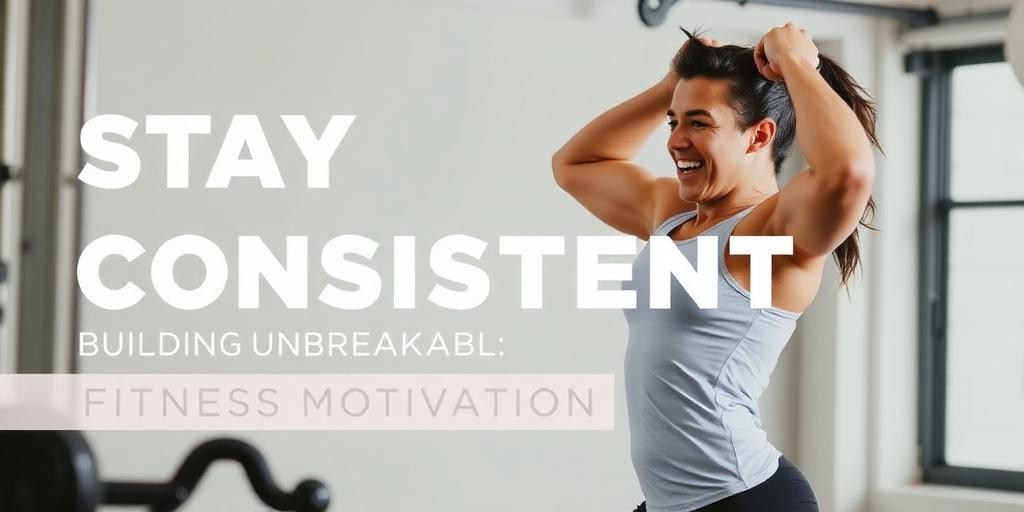Are You Using the Wrong Workout Program for Your Goals?
Choosing the right workout program can feel overwhelming. With countless options available, it's easy to get lost and end up on a path that doesn't align with your desired outcomes. This article helps you assess your goals, understand different workout types, and select a program that gets you closer to your aspirations.
Understanding Your Fitness Goals
Before diving into workout programs, clarify your objectives. Are you aiming to:
- Lose weight?
- Build muscle?
- Improve cardiovascular health?
- Increase strength and power?
- Enhance flexibility and mobility?
Your goals dictate the type of training that will be most effective. For instance, a marathon runner's training will vastly differ from a bodybuilder's.
Common Workout Program Types
Cardiovascular Training: Focuses on improving heart health and endurance. Includes activities like running, cycling, swimming, and brisk walking. Ideal for weight loss and enhancing overall fitness.
Strength Training: Involves using resistance (weights, bands, or bodyweight) to build muscle and increase strength. Essential for improving metabolism, bone density, and physical power.
High-Intensity Interval Training (HIIT): Alternates between short bursts of intense exercise and brief recovery periods. Efficient for burning calories, improving cardiovascular fitness, and boosting metabolism.
Flexibility and Mobility Training: Includes stretching, yoga, and Pilates. Enhances range of motion, reduces the risk of injury, and improves posture.
Functional Training: Mimics everyday movements to improve overall physical function and coordination. Exercises often involve multiple muscle groups and planes of motion.
Matching Your Program to Your Goals
- For Weight Loss: A combination of cardiovascular training, HIIT, and strength training is most effective. Cardio burns calories, HIIT boosts metabolism, and strength training builds muscle, which helps burn more calories at rest.
- For Building Muscle: Focus primarily on strength training with a progressive overload approach (gradually increasing weight, reps, or sets). Ensure adequate protein intake to support muscle growth.
- For Improving Cardiovascular Health: Regular cardiovascular exercise is key. Choose activities you enjoy to ensure consistency. Incorporate interval training for added benefits.
- For Increasing Strength and Power: Emphasize heavy weightlifting with compound exercises (squats, deadlifts, bench press). Include plyometric exercises for explosive power.
- For Enhancing Flexibility and Mobility: Dedicate time to stretching and mobility exercises. Yoga and Pilates are excellent options for improving flexibility and core strength.
Signs You Might Be on the Wrong Program
- Lack of Progress: If you haven't seen any noticeable changes after several weeks, your program may not be challenging enough or aligned with your goals.
- Increased Fatigue and Burnout: Overtraining can lead to fatigue, decreased performance, and a higher risk of injury. Ensure adequate rest and recovery.
- Persistent Pain or Injuries: If you experience ongoing pain, your program may be too intense or involve improper form. Consult a healthcare professional or certified trainer.
- Loss of Motivation: If you dread your workouts, it may be time to switch to something more enjoyable and sustainable.
Making the Right Choice
- Assess Your Current Fitness Level: Start with a program that matches your abilities and gradually increase the intensity and duration.
- Consider Your Preferences: Choose activities you enjoy to stay motivated and consistent.
- Seek Professional Guidance: A certified personal trainer can help you design a program tailored to your goals and needs.
- Track Your Progress: Monitor your results to ensure you're on the right track and make adjustments as needed.
Selecting the right workout program is crucial for achieving your fitness goals. By understanding your objectives, exploring different training types, and monitoring your progress, you can create a plan that works for you. Remember, consistency and patience are key to long-term success.









